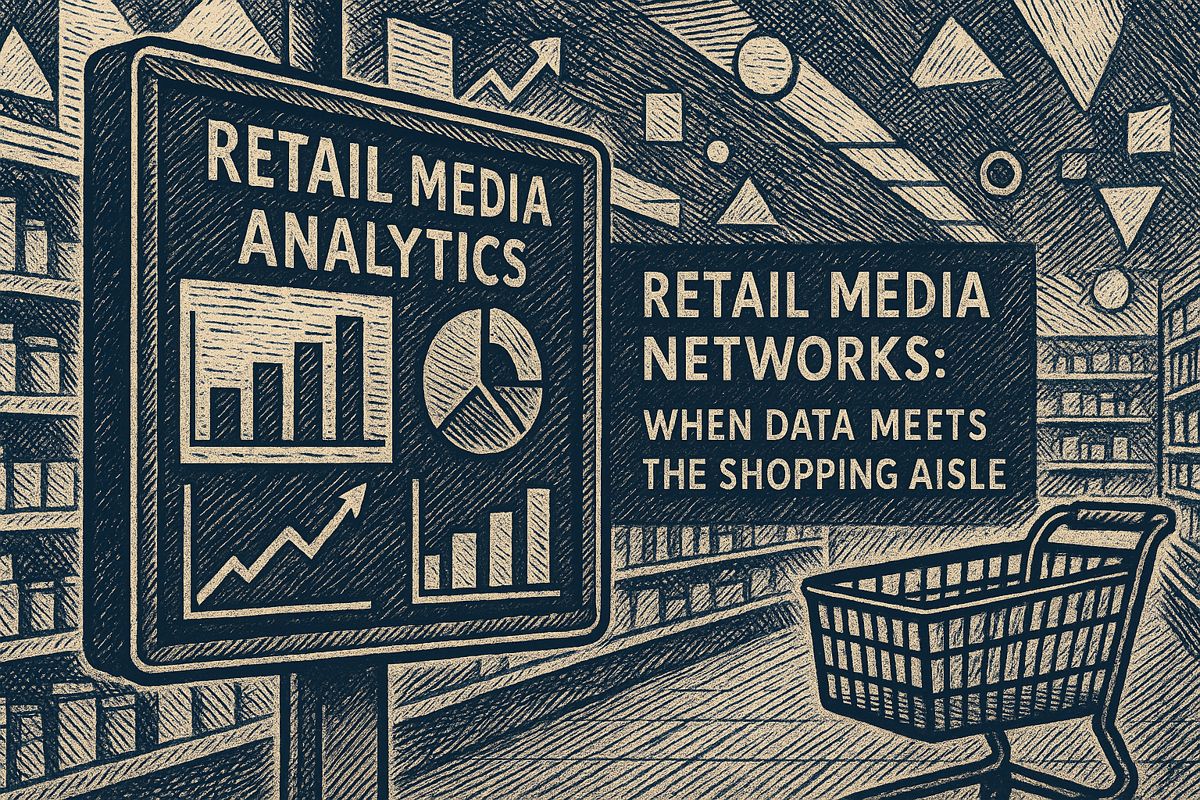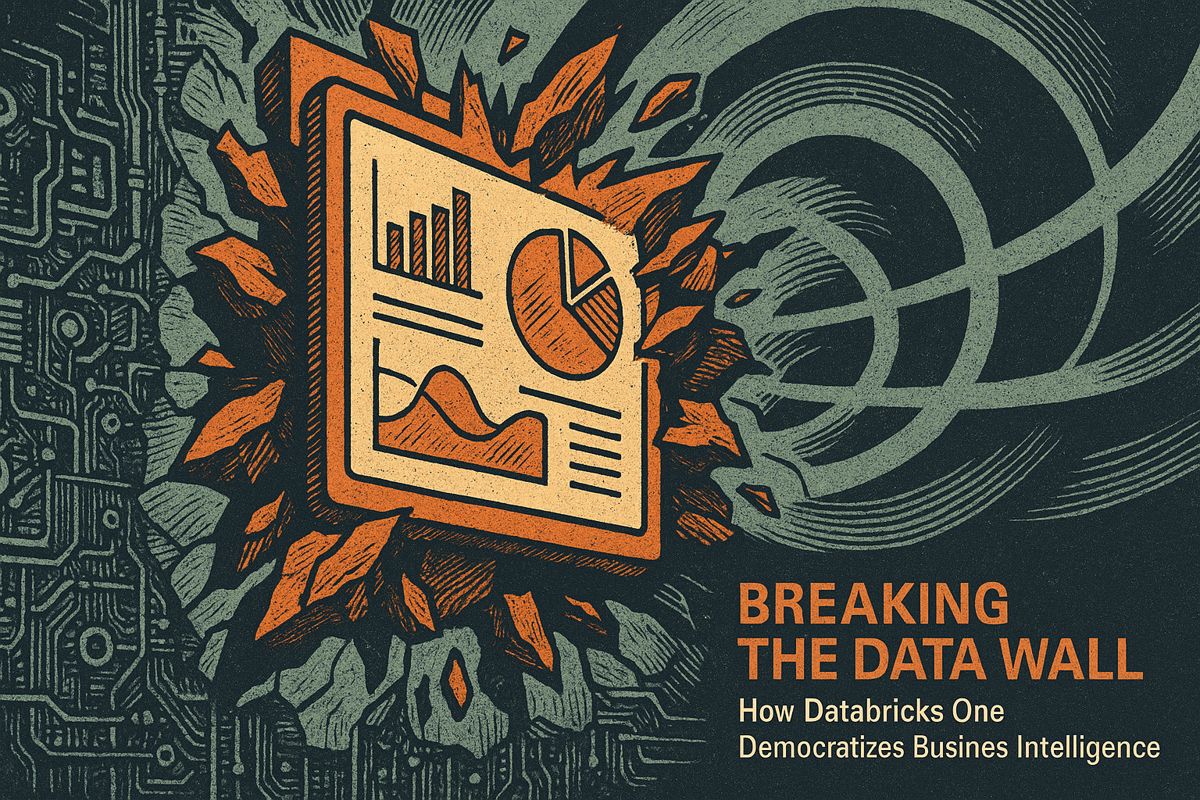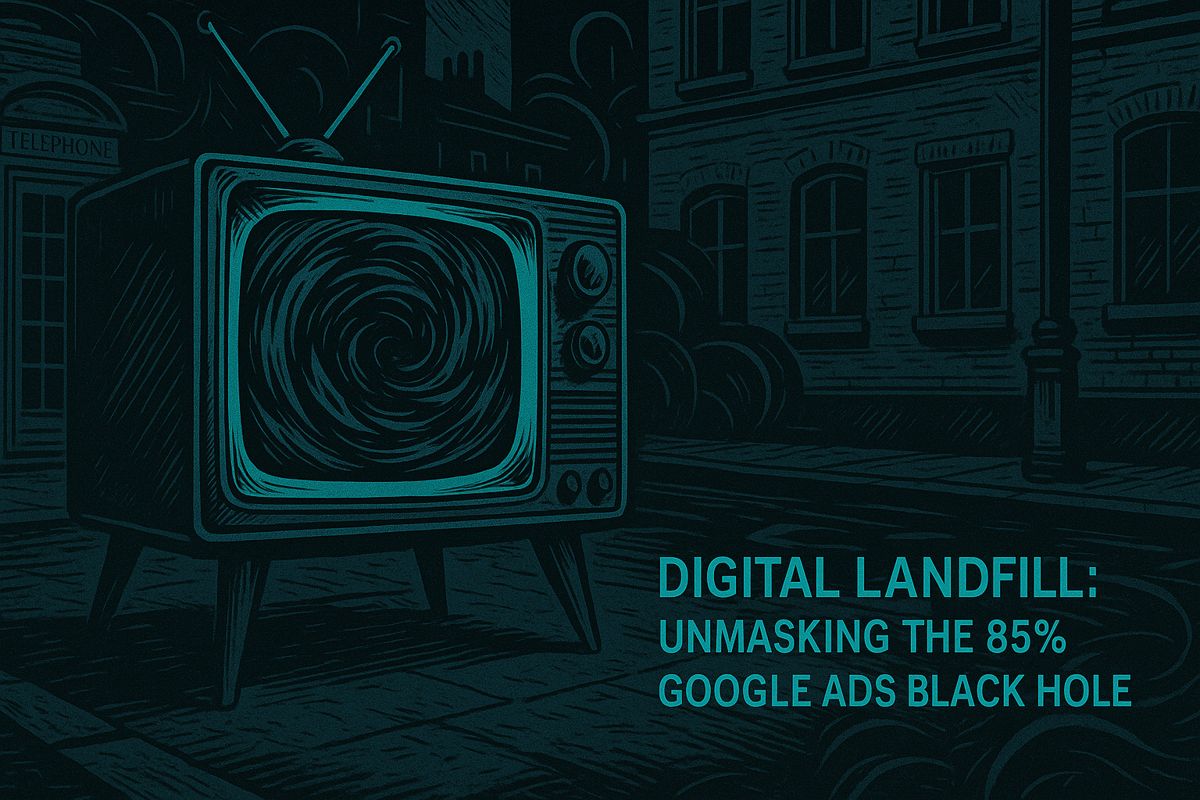Here’s the text with the most important phrase bolded:
In-store retail media networks are transforming shopping experiences by using digital displays and targeted advertising powered by first-party data and AI. These innovative platforms can dramatically increase campaign reach by 49% and provide 185% more exclusive audience engagement compared to traditional digital ads. By leveraging real-time data and personalized recommendations, retailers like Kroger and Walmart are turning physical stores into interactive experience centers that blend technology, consumer insights, and strategic marketing. The approach not only captures shoppers’ attention more effectively but also offers retailers potentially lucrative profit margins by creating highly contextualized, relevant advertising moments. As technology continues to evolve, these networks represent a powerful intersection of data, sensory experience, and smart salesmanship.
What Are In-Store Retail Media Networks and Why Do They Matter?
In-store retail media networks are advanced digital advertising platforms that use targeted, contextual displays to enhance shopper experiences and drive sales. By leveraging first-party data and AI, these networks increase campaign reach by 49% and provide 185% greater exclusive audience engagement compared to digital advertising.
Back When Retail Was Cardboard and Floor Wax
I stumbled upon a new article about in-store retail media networks, and I’ll admit—the topic gave me a peculiar flashback to my rookie years. Picture this: my colleagues and I dragging battered cardboard displays into the local Safeway, each one dreaming it might cast a spell over Saturday shoppers. The so-called analytics? Just a tired assistant manager muttering about how many displays collapsed in the cereal aisle, usually near the mop bucket. There’s a part of me that can still smell the lemony floor wax and hear that endless cascade of Muzak. Now, everything’s shape-shifted. Digital screens flicker quietly where cardboard used to sag, AI hums along behind the scenes, and words like “closed-loop attribution” pop up in every marketing deck. Would the ghosts of old-school point-of-purchase promotions be impressed? I think they’d blink, rub their eyes, and maybe ask for a Wi-Fi password.
Reflecting on my own stumbles, I once teamed up with a plucky upstart—let’s call them CampKit, since the real brand would rather not be named. CampKit’s challenge? Getting noticed alongside Patagonia and The North Face in the bustling aisles of REI. Their online ads were like so many pebbles in the digital river—swept away, rarely noticed. In-store, their products were camouflaged, practically invisible. Then came a simple experiment: digital displays targeted shoppers actually standing near their gear. Sales rose by almost a third in four weeks. Was it magic? Nope. It was the power of context. I’ll never forget the aroma of burnt marshmallows during that s’mores demo—sweet, sticky, and, honestly, a little distracting.
If you’re skeptical, I was too. But something about the way the industry keeps pivoting back to the physical world, only shinier and more algorithmic, feels kind of poetic. Or maybe I just miss the chaos of in-person retail… hard to say.
Reading the Tea Leaves: What the Data Really Says
So, what’s fueling all this renewed attention? Data—crunchy, unambiguous, irresistible data. Recent research, notably from NielsenIQ and the Journal of Advertising Research, suggests that in-store retail media increases campaign reach by 49% on average. That’s nearly half again as much reach as you’d get otherwise. Let’s pause here: a 49% boost isn’t just a blip. For me, that landed with a thud, like a box of overstocked granola bars on my foot. Ouch.
More intriguing, in-store channels provide a staggering 185% greater exclusive reach versus their digital cousins. That means hordes of shoppers—the ones who mute your YouTube pre-rolls or swipe past your Instagram ads—are suddenly in play. I find it oddly satisfying, almost tactile, to imagine capturing consumer attention right in the fluorescent-lit trenches where buying decisions happen. Is this approach a touch manipulative? Sure, but so is the entire advertising ecosystem. Let’s not pretend otherwise.
A study of 500 consumers found that the context and personal relevance of in-store ads resonate much more than their digital equivalents. Here’s the kicker: brands who align their messaging with shopper location—think aisle-level targeting, supported by robust first-party data—see a marked uptick in consideration and purchase intent. I’ll concede, I once doubted the real-world impact of these screens. But when I saw the numbers (and the lines at the checkout), I had to eat humble pie. It tasted… enlightening.
Where Data Meets the Aisle: Personalization, Profit, and Pavlov
Let’s get granular. Retailers like Kroger and Walmart aren’t just slapping screens on walls. They’re orchestrating a symphony of data—merging loyalty program histories, real-time shelf analytics, and AI-powered recommendations to serve up offers that feel less like ads and more like friendly nudges. The result? Physical stores are becoming interactive “experience centers,” a bit like Apple’s flagship locations, minus the Genius Bar. Walk past the wine shelf, and suddenly you’re offered the perfect cheese pairing. Touch a tablet, and up pops a recipe. My fingertips still tingle from exploring such a setup at a recent NRF trade show. There’s an immediacy to it—a real, tactile electricity that standard banner ads just can’t muster.
Financially, the argument is tough to ignore. Some retailers report profit margins north of 50% on their in-store media assets. For sectors usually scraping by on 2-3% margins, that’s less a shot in the arm and more a full-on espresso IV. These returns are driving a gold rush for retail media networks, with companies like Albertsons and Tesco racing to monetize first-party data and in-store foot traffic. I mean, who wouldn’t want a slice of that?
Of course, it’s not all roses. Measurement remains a quagmire. Connecting the dots from in-store impressions to final sales, especially when the shopper buys online later, is a headache. Data clean rooms, cloud-powered analytics, and platforms like LiveRamp and Trade Desk are all vying to solve this Rubik’s cube. I’ve gotten lost in more than one dashboard myself—and muttered a choice word or two—but I’m convinced progress is being made.
The Future: A Dance of Data, Senses, and Salesmanship
Let’s zoom out. Even as digital advertising gets smarter, in-store media captures something uniquely visceral. It’s the crunch of shopping cart wheels, the glare of LED lights, the subtle, nearly invisible tug of a personalized offer as you reach for the “wrong” box of detergent. The integration of online and offline is no longer a dream;



















